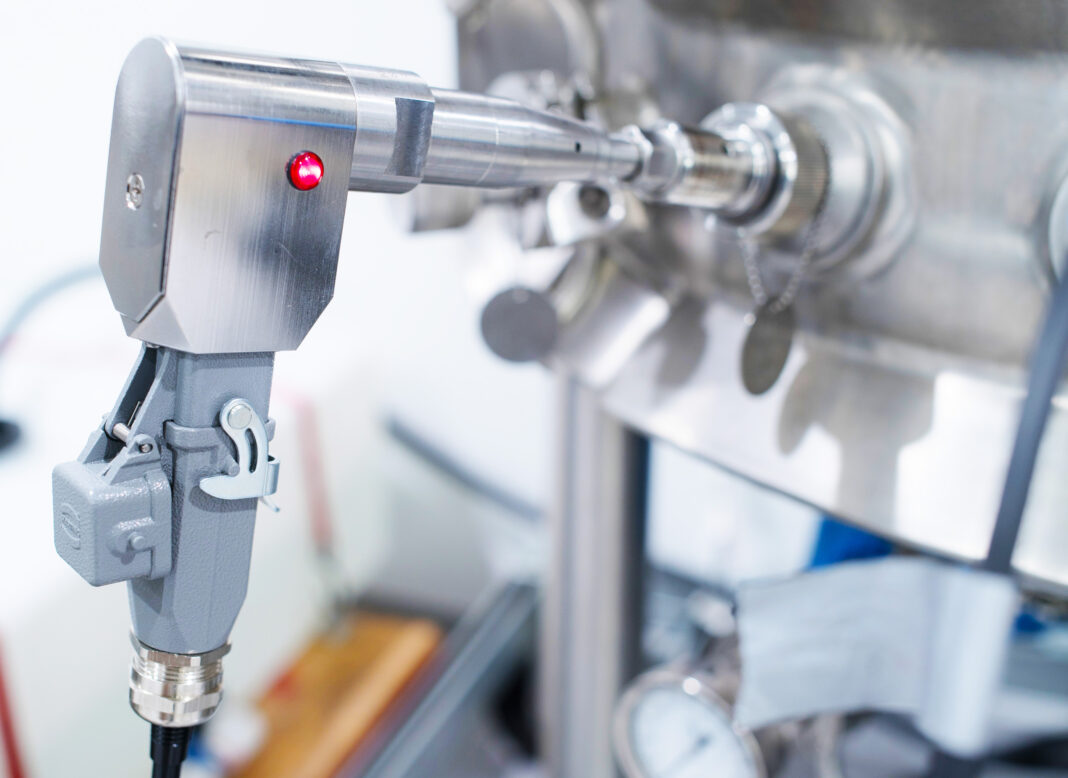Effective production of a biopharmaceutical depends on monitoring cell cultures. Raman spectroscopy is gaining popularity as an in-line tool for that task.
“The implementation of Raman spectroscopy for real-time, noninvasive monitoring of various cell culture parameters has been demonstrated in several studies,” wrote Izabella Surowiec, lead analytical scientist PAT at Sartorius and her colleagues. “However, Raman-based monitoring of such parameters requires reliable and accurate calibration models.” Creating those models is a difficult and time-consuming task.
Nonetheless, Surowiec’s team noted the need “to understand the potential impact of clonal variations on the development of Raman calibration models and their transferability.” To address the concern over clones, these scientists started with a Chinese hamster cell (CHO) line that produced an immunoglobin G (IgG) monoclonal antibody, used that starting cell line to create 12 clones that varied in growth and IgG production, and then collected data to create models of Raman calibration.
Orthogonal projection to latent structures models
Specifically, the team developed orthogonal projection to latent structures (OPLS) models to predict production—the IgG titer—as well as indicators of the culture’s need for feeding and overall cell health, which were based on glucose and lactate levels, respectively.
Surowiec and her colleagues found that the models accurately predicted glucose and lactate levels across the clones, but the specific clone impacted the modeling of the expected titer. In particular, the scientists wrote: “When titer models were applied to cultivations with productivity levels outside the range of their training data, increased prediction errors are found.”
Accordingly, a generic model can be made to predict levels of glucose and lactate during the bioprocessing of a collection of clones, but not how much product is being made. As Surowiec’s team emphasized: “To overcome the limitations, titer calibration models should be developed according to the generic calibration modeling approach.”
As a result, Raman spectroscopy can be used for in-line monitoring of cell cultures during the development and production of monoclonal antibodies, but some of the time-consuming steps in creating calibration models cannot be avoided, at least not yet.


